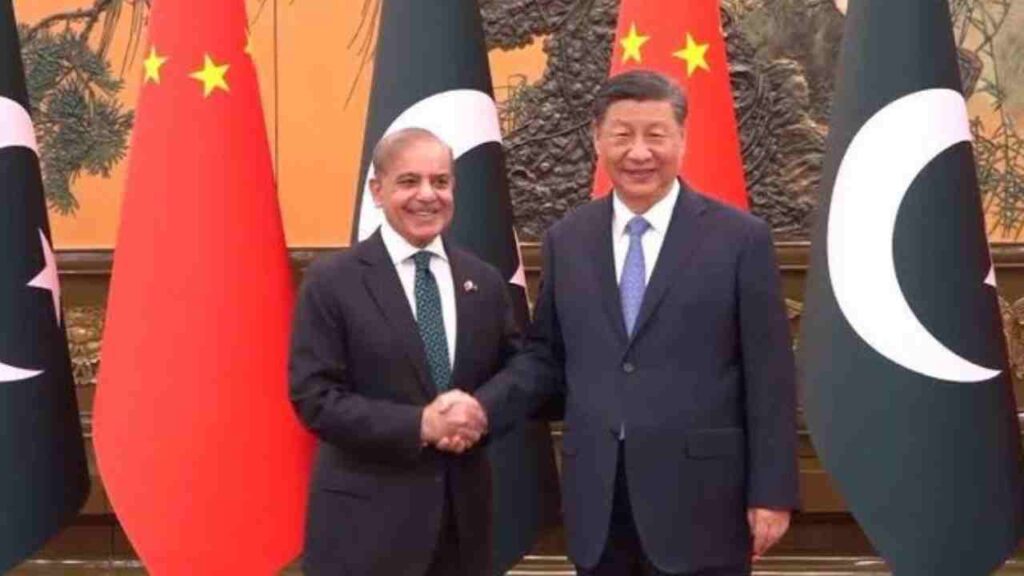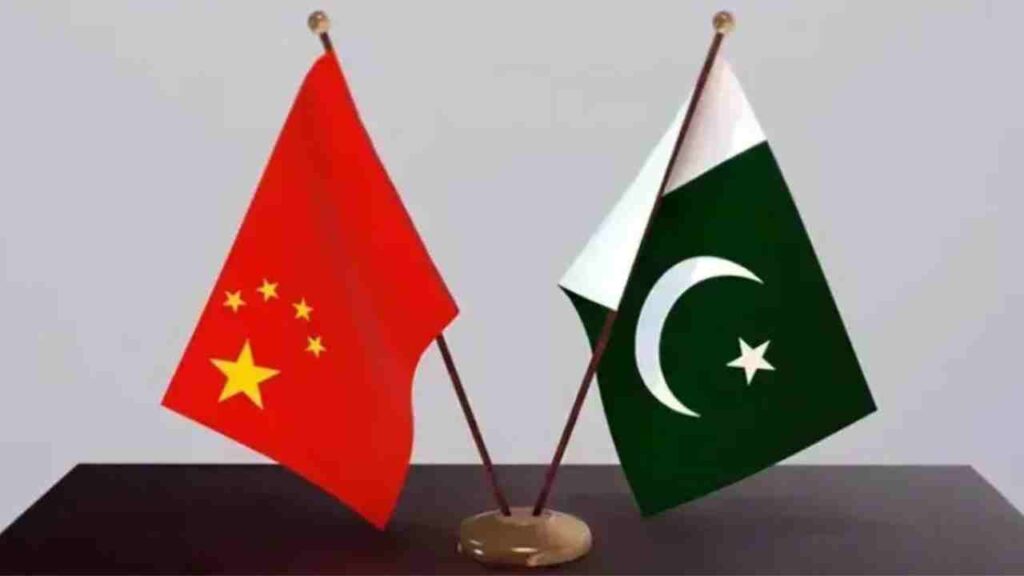ISLAMABAD — Pakistan’s government announced Tuesday that Prime Minister Shehbaz Sharif’s planned visit to China later this month will officially launch the second phase of the China-Pakistan Economic Corridor (CPEC-II), ending a five-year delay and shifting focus toward industrial cooperation.
Strategic Shift to Quality Over Quantity
Planning Minister Ahsan Iqbal, who oversees the multi-billion-dollar initiative, emphasized that CPEC’s future must prioritize “quality rather than quantity.” Speaking at a high-level preparatory meeting, he stressed that only carefully selected, high-impact projects would advance to ensure long-term sustainability and strengthen institutions.
The meeting reviewed preparations for the upcoming Joint Cooperation Committee (JCC) session scheduled for October, as well as the prime minister’s Beijing visit. Sharif will attend the Shanghai Cooperation Organisation summit (August 31-September 1) and hold meetings with Chinese President Xi Jinping and Russian President Vladimir Putin.

Diplomatic Milestone and Trade Expansion
During his recent China visit, Minister Iqbal extended an invitation from PM Sharif to President Xi to visit Islamabad in 2026, marking the 75th anniversary of Pakistan-China diplomatic relations.
The government aims to significantly expand Pakistan’s trade presence in China’s massive $2 trillion annual import market. Officials have set an ambitious target of capturing $30-50 billion of this trade through enhanced competitiveness and strategic sector development.
Addressing Operational Challenges
To facilitate business growth, Iqbal directed authorities to resolve visa processing delays that have hindered legitimate business activities. He also called for an outcome-focused strategy to diversify exports, strengthen industrial connections, and maximize market access benefits under CPEC.
Human Resource Development Focus
The minister highlighted China’s offer of 10,000 training opportunities across multiple sectors for Pakistani professionals. He emphasized creating a transparent framework to ensure proper candidate selection aligned with institutional needs, enabling Pakistan to achieve lasting capacity-building improvements.
Key Priority Areas Under Review
The meeting assessed progress across several critical sectors:
- Multan-Sukkur Motorway development
- Information technology graduate training programs
- Computational infrastructure for artificial intelligence
- Industrial relocation initiatives
- Industrial parks and special economic zones
- Mining sector development
- Agricultural advancement

Economic Projections and AI Integration
Officials announced data-driven studies on China’s industrial relocation patterns and mapping of Pakistan’s export strengths. According to government projections, artificial intelligence could contribute Rs24.9 trillion ($88.31 billion) to Pakistan’s economy by 2030, potentially increasing the projected GDP of Rs171 trillion by 14.56%.
Sector-specific AI benefits include:
- Agriculture (24% of GDP): 20-30% productivity gains through precision farming
- Manufacturing and Mining (15.1% of GDP): 20-25% improvements via automation
- Fintech and Software: 20-30% growth potential
- Energy, Defense, Legal, and International Collaboration sectors: 10-20% growth opportunities
Policy Framework and Institutional Reform
Minister Iqbal stressed the importance of policy continuity and institutional reforms, calling for increased engagement with private sector partners, academic institutions, and research organizations. The collaborative approach will focus on industrial cooperation, technology transfer, agriculture, energy, and human resource development.
The comprehensive strategy aims to create exportable surplus, attract sustained investment, and strengthen Pakistan’s balance of payments over the medium term while ensuring CPEC-II delivers measurable, tangible outcomes for both nations.






